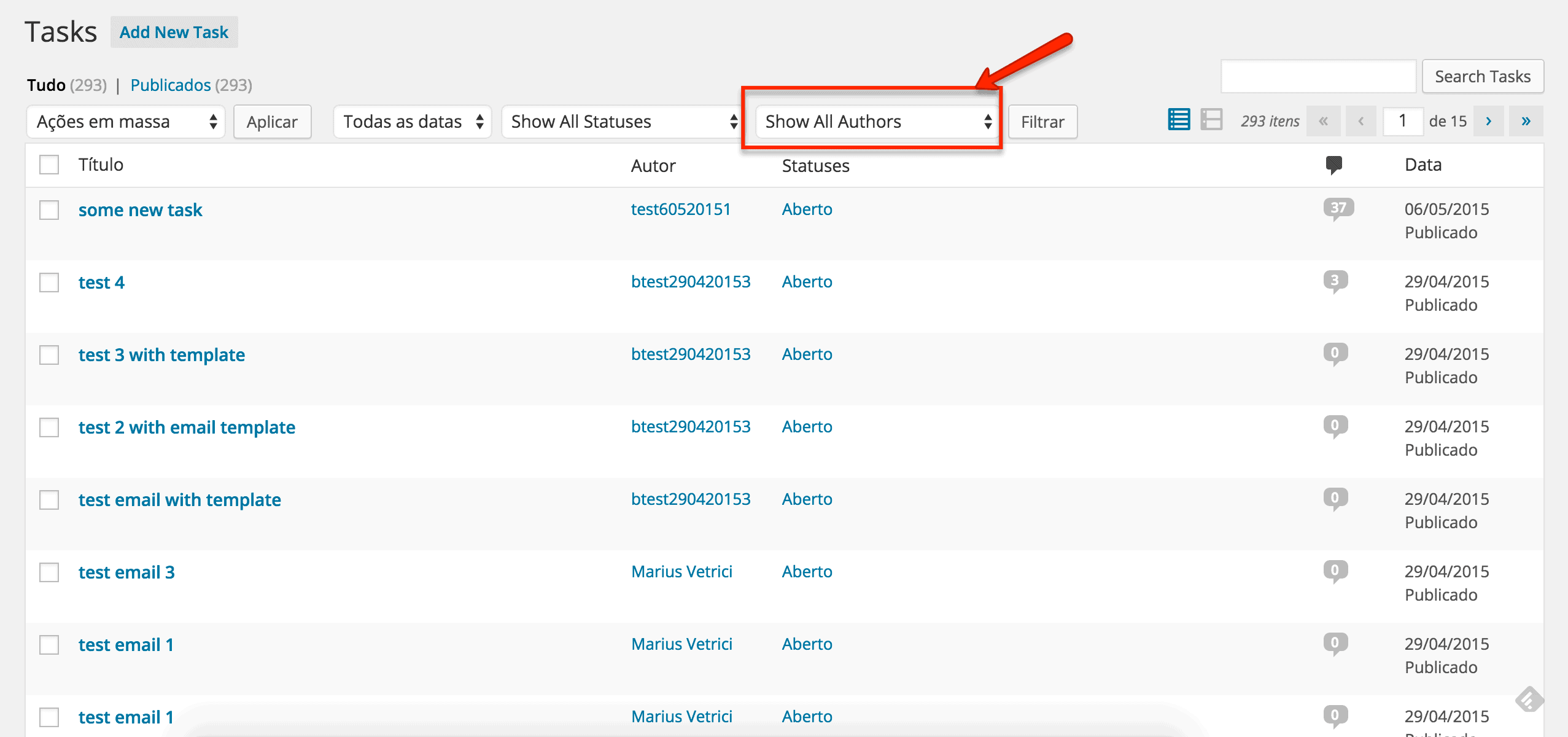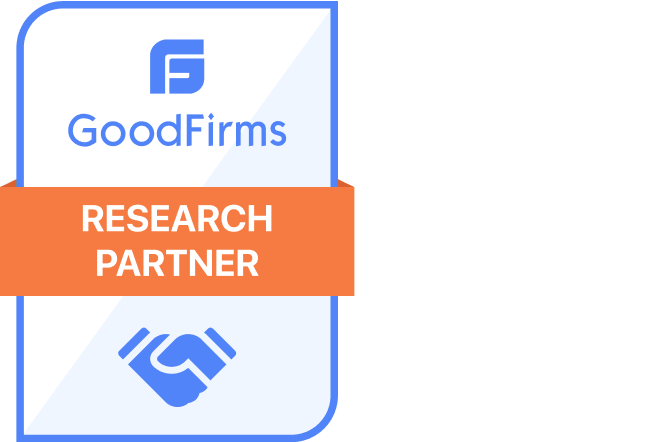TL;DR
The Problem: AI search referrals jumped 357% year-over-year in June 2025, yet 90% of businesses worry about losing visibility as AI reshapes how people find information.
Why You’re Invisible:
- Your content isn’t structured for “snippability” – AI systems extract specific, self-contained chunks, not full pages
- Missing or incomplete Schema markup means AI can’t understand your content’s meaning and relationships
- Poor semantic clarity makes it hard for AI to recognize your expertise compared to competitors
Content Fixes:
- Use clear headings, Q&A blocks, and bullet lists to make content easy for AI to extract
- Write concise, direct answers that work as standalone statements
- Format information clearly instead of hiding it in tabs, JavaScript, or images
Technical Fixes:
- Ensure pages are crawlable and indexable with proper robots.txt and XML sitemaps
- Implement schema markup that matches exactly what visitors see on your page
- Keep multimodal content (images, videos) with descriptive alt text
Authority Signals:
- Get mentioned on trusted platforms: Quora ranks among the top cited sources, and Reddit appears in 46.7% of Perplexity responses
- Build real presence through genuine engagement, not self-promotion
- Encourage 98%-of-consumers-read-them
You’ve probably noticed something unsettling lately. Your website traffic isn’t what it used to be. Customers are finding answers elsewhere, and you’re not sure where they’re looking. Here’s what’s happening: nearly 90% of businesses are worried about losing organic visibility as AI changes how people search for information. And honestly? They should be worried.
The numbers tell a striking story. AI referrals to major websites jumped 357% year-over-year in June 2025, hitting 1.13 billion visits. That’s not a small shift – that’s a fundamental change in how people discover content online.
Sure, AI search traffic is still smaller than traditional search right now. But it’s growing fast. Really fast. Here’s the kicker: 46% of entrepreneurs believe AI could make or break their business in the next five years. Most forward-thinking businesses are already taking action too. About 85.7% of businesses are investing or planning to invest in AI optimization. You don’t need to panic and throw your entire marketing budget at this overnight. But ignoring it completely? That’s like pretending email didn’t matter in the ’90s.
This guide will show you exactly why your website might be invisible to AI search engines. More importantly, you’ll learn the practical fixes that actually work. We’ll cover everything from restructuring your content to technical optimizations that help your business stay visible while search continues to change.

Understanding Why Your Site Is Missing from AI Search
Three specific factors separate the websites that show up in AI search from those that don’t. Think of these as the difference between speaking AI’s language and hoping it somehow understands what you’re trying to say.
AI Search Engines Prioritize Snippable Content
Here’s how AI systems actually work: they don’t browse your website like a human would. Instead, they extract specific chunks of content – “snippable” pieces that can stand alone as complete answers. These systems scan like speed readers, looking for particular elements that help them process your content quickly.
What they’re hunting for:
- Concise answers that fit in one or two sentences
- Structured formatting like lists, tables, and Q&A blocks
- Strong headings that clearly mark where ideas start and stop
- Self-contained phrases that make sense even when pulled out of context
But here’s what trips up most websites: AI systems skip right over content hidden in JavaScript widgets, dropdown menus, and text embedded in images. Even major brands struggle with this – while brands control significant portions of AI citations through business listings and reviews, their owned website domains represent a smaller slice of direct references.
Lack of Structured Data or Schema Markup
Schema markup works like a translator between your content and AI systems. Using Schema.org vocabulary, it tells AI exactly what entities exist on your page and how they relate to each other. Research shows that pages with solid schema markup get cited more often in Google’s AI Overviews.
Think of schema markup as creating a “content knowledge graph” – a structured layer that connects your brand’s information across your entire site. Without this machine-readable foundation, AI systems have to guess what your content means. And they’re not great at guessing.
Poor Semantic Clarity in Existing Pages
Keywords matter, but AI search engines care more about semantic clarity – how clearly you phrase, format, and organize your information. They evaluate whether your meaning is obvious, your context is consistent, and your formatting helps them classify your content as genuinely relevant.
The result? Content that shows real expertise, depth, and usefulness gets prioritized. Generic blog posts or shallow coverage of complex topics won’t cut. If your content lacks substance in your specific niche, AI won’t see your site as the best source.
These aren’t simple fixes you can handle over a weekend. Getting schema markup right, restructuring content for snippability, and sharpening semantic clarity across your digital properties requires technical expertise. That’s where partners like WPRiders come in – handling the technical complexity while you focus on running your business.
How to Structure Content for AI Search Engine Optimization
Think of AI as a very efficient but picky research assistant. It wants to find exactly what it needs, grab the best pieces, and move on. Your content needs to make that job ridiculously easy.
The good news? Content structuring for AI isn’t rocket science. It just requires thinking differently about how you organize information on your pages.
Use Clear Titles, H1s, and Descriptions
Your page title, description, and H1 tag work like a three-part handshake with AI systems. They need to tell the same story from slightly different angles.
Page titles should answer the question someone typed into a search bar. Skip the clever wordplay and marketing speak – AI doesn’t get irony. Your H1 should echo that title while setting up what follows. Think of your description as the preview that helps both AI and humans decide if your content is worth their time.
The secret is alignment. When these three elements work together, they create a clear signal about what your page actually delivers.
Break Content into Headings and Subheadings
Here’s where most websites go wrong: they treat headings like decorative elements instead of navigation tools.
AI reads your headings like a table of contents. Each H2 and H3 should be descriptive enough that someone could understand your page’s structure just by skimming them. Avoid vague headers like “The Solution” or “What We Learned.” Instead, write headings that sound like search queries your audience would actually type.
Your heading hierarchy should flow logically. One clear H1, followed by H2s that break down the main topic, with H3s that dive deeper into specific points. Think of it as building an outline that makes sense to someone who’s never seen your content before.
Add Q&A Blocks and Bullet Lists Where Relevant
AI systems love structured content because it’s easier to extract and cite. Q&A blocks work particularly well because they mirror how people naturally ask questions.
When you’re explaining complex processes, break them into numbered steps. When you’re comparing options, use bullet lists. When you’re answering common questions, format them as actual Q&As.
Here’s what works:
- Lists that introduce each point with context
- Step-by-step instructions with clear transitions
- Tables for comparisons or data
- Short paragraphs that focus on one idea each
The goal is to make your content “grabbable” – easy for AI to pull clean quotes without losing meaning.
Avoid Vague or Decorative Language
Your content needs to work double duty: engaging humans while feeding AI systems clear information. Flowery language and abstract concepts might sound impressive, but they don’t help AI understand what you’re actually saying.
Write like you’re explaining something to a smart colleague who’s pressed for time. Short, focused paragraphs with clear transitions. Concrete examples instead of theoretical concepts. Specific details rather than general statements.
Clean formatting matters too. Good spacing, clear sections, and logical flow help both your readers and AI systems follow your reasoning.
At WPRiders, we help businesses restructure their content for AI visibility while keeping it engaging for human readers. Because the best AI optimization doesn’t sacrifice user experience – it enhances it.

Technical Fixes to Improve AI Website Optimization
Content structure matters, but technical setup can make or break your AI visibility. Think of it this way: you could have the most perfectly formatted content in the world, but if AI crawlers can’t access it, you might as well be invisible.
Ensure Pages Are Crawlable and Indexable
Here’s where things get technical – but stick with me, because this stuff really matters. AI crawlers need a clear path to your content. A properly configured robots.txt file and updated XML sitemap work like a roadmap, directing crawlers to your essential pages.
Broken links, wonky redirects, and slow server response times? They’re basically roadblocks that stop AI crawlers in their tracks. But here’s the big one: if your site relies heavily on JavaScript, most AI crawlers can’t see that content at all. Traditional search bots can execute JavaScript, but AI crawlers often skip right over it.
Match Structured Data with Visible Content
Your structured data needs to match exactly what visitors see on your page. Get this wrong, and search engines might hit you with manual actions. When you implement schema markup correctly, you create what’s essentially a structured layer that helps AI systems understand your brand’s relationships and entities.
It’s like giving AI a detailed map of what your content actually means, not just what it says.
Avoid Hiding Key Info in Tabs or Images
AI systems are surprisingly literal. Hide important information behind tabs or expandable menus? AI often skips right over it. The same goes for putting critical details only in images – text extraction from images adds complexity that many AI systems would rather avoid.
Your best bet: present important information directly in HTML rather than tucking it away in PDFs or image files.
Support Multimodal Content with Images and Video
Users can now search using images alongside text queries. This means high-quality images and videos actually improve your chances of being cited in AI answers. Just remember to include descriptive alt text and keep your Merchant Center and Business Profile information current.
Visual content isn’t just nice to have anymore – it’s becoming essential for AI visibility.
At WPRiders, we handle these technical complexities so you don’t have to. While you focus on running your business, we implement the backend fixes that keep your content visible to AI search systems.
Building Authority and Brand Signals for AI SEO
Think of AI search like a popularity contest at a tech conference. The systems don’t just look at what you’re saying – they look at who’s talking about you and where those conversations happen. Authority signals have become the deciding factor between appearing in AI search results or staying invisible.
Here’s the reality: your on-page content is only part of the equation now. AI systems are getting pickier about which sources they trust, and they’re making those decisions based on signals that happen off your website.
Get Mentioned on Trusted Forums and Review Sites
AI systems play favorites, and their favorites might surprise you. Quora ranks among the top cited sources in Google AI Overviews, while Reddit shows up in nearly 46.7% of Perplexity’s responses. These platforms carry serious weight because they represent real conversations and authentic user experiences.
The challenge? You can’t just show up and start pitching your services. These communities spot self-promotion from miles away. The secret is providing genuine value first – answering questions, sharing insights, and building relationships before anyone knows you’re selling anything.
At WPRiders, we help executives establish thought leadership on these platforms without the daily grind of forum management. We develop strategic engagement campaigns that increase your presence where it matters most.
Maintain a Clean, Well-Organized Website
Your website architecture tells AI systems whether you’re serious about your expertise. A scattered site with random pages sends mixed signals about what you actually do. But a well-structured website creates strong topical connections that AI can follow and understand.
Content siloing works like organizing a library – related topics belong together, and clear pathways connect different areas of expertise. When WPRiders organizes your digital assets this way, we’re essentially building a knowledge base that AI platforms can trust and reference.
Encourage Reviews and Testimonials
Customer reviews pack more punch than most business owners realize. Studies show 98% of consumers read reviews before making purchases, and Google confirms that reviews directly affect local rankings. But here’s what’s interesting – AI systems are starting to reference review content when they answer questions about businesses and services.
The key is making review requests feel natural, not pushy. WPRiders implements automated systems that reach out to satisfied customers at the right moments, encouraging them to share experiences across platforms that actually matter for AI visibility.
Track AI Visibility Using Available Tools
You can’t manage what you don’t measure. Specialized tools like Semrush AI Visibility Toolkit and Amplitude AI Visibility now track your brand’s presence in AI-generated answers. These platforms give you clear metrics on where you’re appearing and where you’re missing opportunities.
WPRiders integrates these monitoring tools into your analytics dashboard, so you get actionable insights without needing to become a data analyst yourself. You’ll know exactly how your AI optimization efforts are paying off.

Conclusion
Your website’s visibility in AI search isn’t some distant concern you can put off until next quarter. It’s happening right now. Every day you wait, competitors who understand these changes are gaining ground while your content becomes harder to find.
The reality is straightforward: snippable content, structured data, and semantic clarity determine whether AI systems can find and cite your website. Technical elements like crawlability and schema implementation aren’t optional extras – they’re the foundation that makes everything else possible.
Here’s what we know works. Content that answers questions directly. Technical infrastructure that AI systems can actually read. Authority signals from platforms that matter. These aren’t revolutionary concepts, but they require careful execution.
At WPRiders, we handle this technical complexity so you don’t have to. Our team restructures content for AI visibility, implements proper schema markup, and builds authority signals across trusted platforms. You focus on running your business. We focus on making sure AI systems can find and recommend your content.
The companies adapting to AI search now will have a significant advantage over those who wait. This isn’t about chasing the latest trend – it’s about staying visible as search behavior fundamentally changes.
You have two choices: tackle this technical challenge yourself or partner with experts who’ve already solved these problems for other businesses. Either way, the work needs to happen. The question is whether you want to spend your time learning AI optimization or growing your company.
WPRiders keeps your business visible while you focus on what matters most. That’s not just a service promise – it’s how smart companies stay competitive when the rules of the game change.
Key Takeaways
Here are the essential insights for ensuring your website remains visible as AI transforms search:
- Structure content for AI snippability: Use clear headings, Q&A blocks, and bullet lists while avoiding vague language that AI systems can’t easily extract and cite.
- Implement proper technical foundations: Ensure pages are crawlable, add schema markup that matches visible content, and avoid hiding key information in tabs or images.
- Build authority through trusted platforms: Get mentioned on forums like Reddit and Quora, which appear in a significant portion of AI search responses, to boost your brand’s credibility signals.
- Focus on semantic clarity over keywords: AI systems prioritize content with clear meaning, consistent context, and expertise depth rather than traditional keyword optimization.
- Track AI visibility with specialized tools: Use platforms like Semrush AI Visibility Toolkit to monitor your brand’s presence in AI-generated answers and measure optimization success.
The shift to AI search doesn’t require massive resource reallocation, but it does demand strategic technical adjustments. With AI referrals growing 357% year-over-year, businesses that optimize now will secure competitive advantages as search continues evolving beyond traditional methods.
FAQs
Q1. Why isn’t my website appearing in AI search results?
Your website may not be appearing in AI search results due to several factors, including a lack of snippable content, poor semantic clarity, or insufficient structured data. AI search engines prioritize content that is easily extractable, well-organized, and clearly formatted. Ensure your content is structured with clear headings, concise answers, and relevant schema markup to improve visibility.
Q2. How can I optimize my website for AI search engines?
To optimize your website for AI search engines, focus on creating clear, structured content with descriptive headings and subheadings. Use Q&A blocks and bullet lists where relevant, implement proper schema markup, and ensure your pages are crawlable and indexable. Additionally, build authority by getting mentioned on trusted forums and review sites, and maintain a clean, well-organized website.
Q3. What type of content do AI search engines prefer?
AI search engines prefer content that is easily “snippable” and demonstrates expertise. This includes concise answers (one to two sentences), structured formatting like lists and tables, strong headings, and self-contained phrases. They also favor content that is semantically clear, shows depth in niche topics, and is supported by proper schema markup.
Q4. How important are technical aspects for AI search visibility?
Technical aspects are crucial for AI search visibility. Ensure your pages are crawlable and indexable, implement accurate structured data that matches visible content, avoid hiding key information in tabs or images, and support multimodal content with high-quality images and videos. These technical fixes significantly improve your chances of being featured in AI search results.
Q5. How can I track my website’s performance in AI search?
You can track your website’s performance in AI search using specialized monitoring tools like Semrush AI Visibility Toolkit and Amplitude AI Visibility. These tools provide metrics on your brand’s presence in AI-generated answers. Regularly monitoring these insights can help you adjust your optimization strategies and improve your visibility in AI search results.









